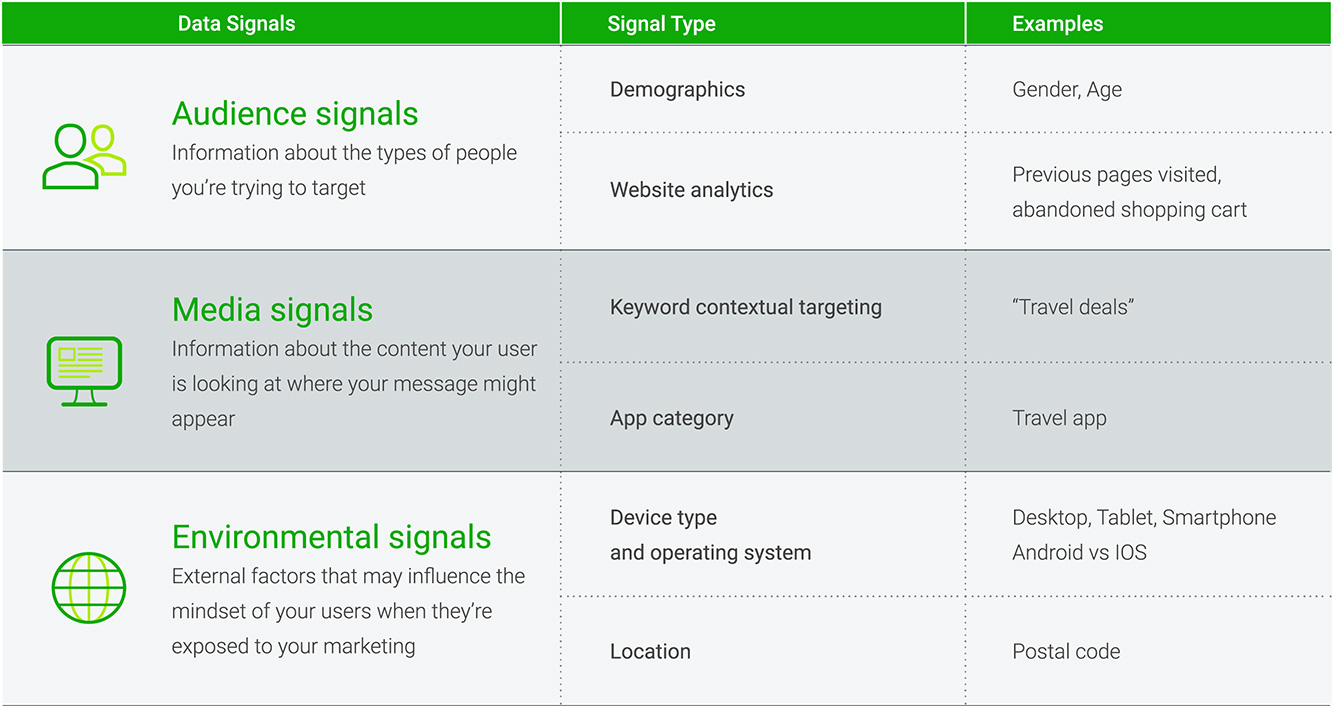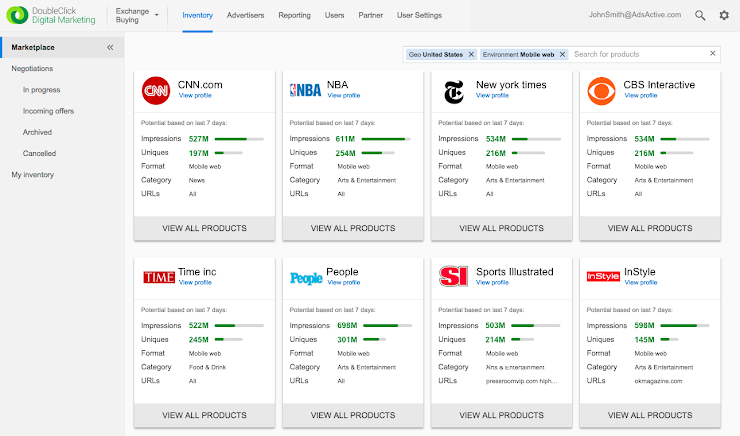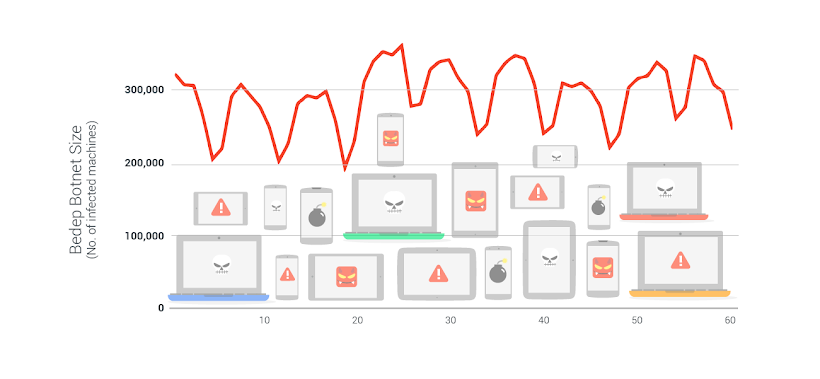This is part one of a five-part series that will walk through the creative process for programmatic campaigns, which is outlined in The Creative Process for Programmatic: A Guide for Marketers.
If there’s one thing the programmatic revolution has undeniably given us, it’s data. We know more about how to reach the right people and understand how they respond to campaigns than ever before. But even as we’re drowning in data, we don’t always know what to do with it.
Data can play a powerful role in running more effective campaigns only after we learn to harness and apply it strategically. Recently, we teamed up with several brands and agency partners to do just that, and last week we launched our findings.
Today, we’ll explore Phase 1 of our five-phase creative process. Phase 1 is all about gathering data, sifting through the dozens (or hundreds, or thousands) of data signals available and using them to inform your creative strategy.
So what’s a data signal?
A data signal is information about your audience or their context that can influence your campaign. These can include demographic or behavioral information, information about the properties on which your ads might appear, or external factors such as the weather or market performance that may influence how people are feeling when your advertising reaches their eyeballs.

Once you understand the data signals available, you can design creative strategies that take advantage of those signals, with messaging or imagery that is relevant based on the audience, media, or environment where your ad will show up.
For example, in our research project, our brand partner L’Oreal used audience targeting lists from their programmatic buying tool to segment their audience into women and women with children, and show each segment a relevant sunscreen product coupled with relevant imagery. Another brand partner, Gilt, used top-performing keywords from previous campaigns to decide which merchandise to feature in their creative units for each of their audience segments.
Take a deep-dive into these case studies and learn more about how audience insights and data signals can help inform your creative strategy.
| Posted by Becky Chappell Product Marketing Manager, DoubleClick |












